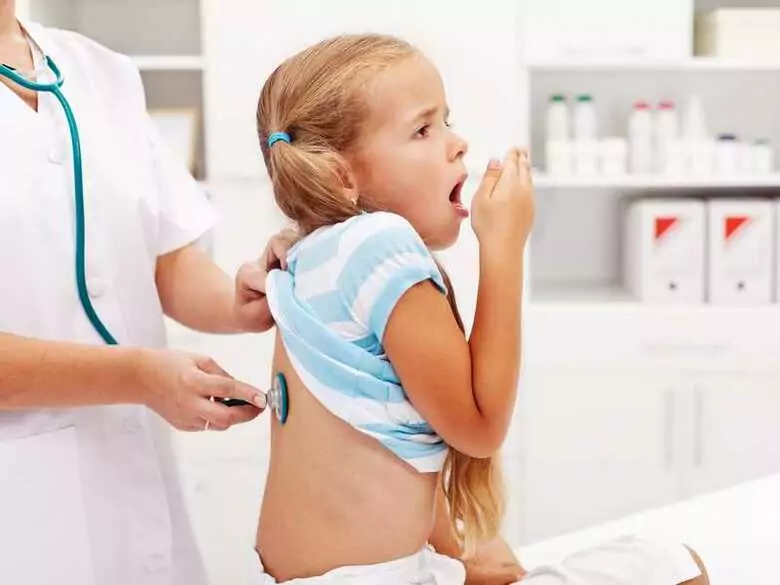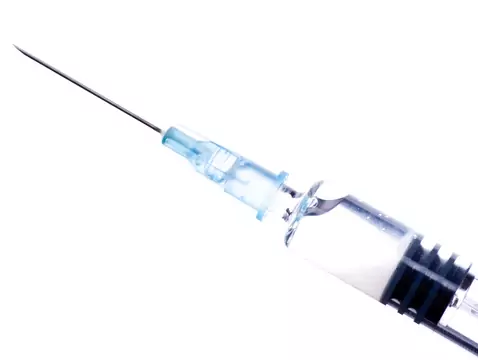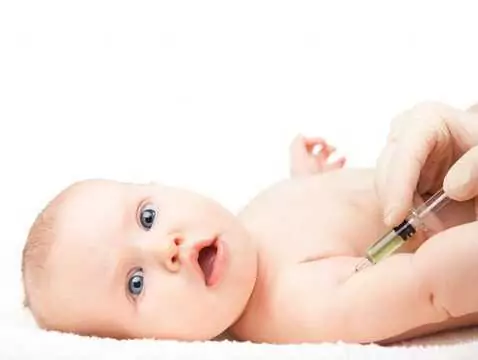There are diseases that are said to be 'extinct' or only appear in so-called Third World countries. One such disease was tuberculosis, considered to be a disease entity that appears sporadically in our country. Unfortunately, this is no longer true, and tuberculosis cases are being reported with increasing frequency.
Diagnostics
Diagnosis involves a microbiological examination of secretions, e.g. sputum, bronchial secretions, urine or gastric washings. In the laboratory, an attempt is made to grow mycobacteria on a culture medium representing the secretions taken from the patient. Additional tests that are performed are X-ray of the chest and the tuberculin test, which involves intradermal injection of tuberculin into the forearm and reading the size of the infiltrate that appears on the skin.
Treatment methods
Treatment is long and arduous - stopping treatment too early can cause mycobacteria to go dormant, reactivating even in a few years. Therapy is usually divided into an intensive phase (the use of multiple drug combination therapy to quickly kill as many mycobacteria as possible) and a contumacy phase (the aim is to get rid of the mycobacteria that are still surviving in the body). The most commonly used drugs in the treatment of TB include ethambutol, rifampicin, isoniazid, pyrazinamide.
Prevention
Among the most effective methods is the BCG vaccination performed in children - unfortunately, the vaccine is not perfect and side effects (e.g. enlarged lymph nodes, ulceration) are observed in approximately 1 in 1000 children. It is important to detect the disease quickly and implement treatment. If the disease is detected, all family members who have had contact with the patient should be examined. Remember - tuberculosis in the 21st century is a curable disease, but the first symptoms should not be underestimated!








